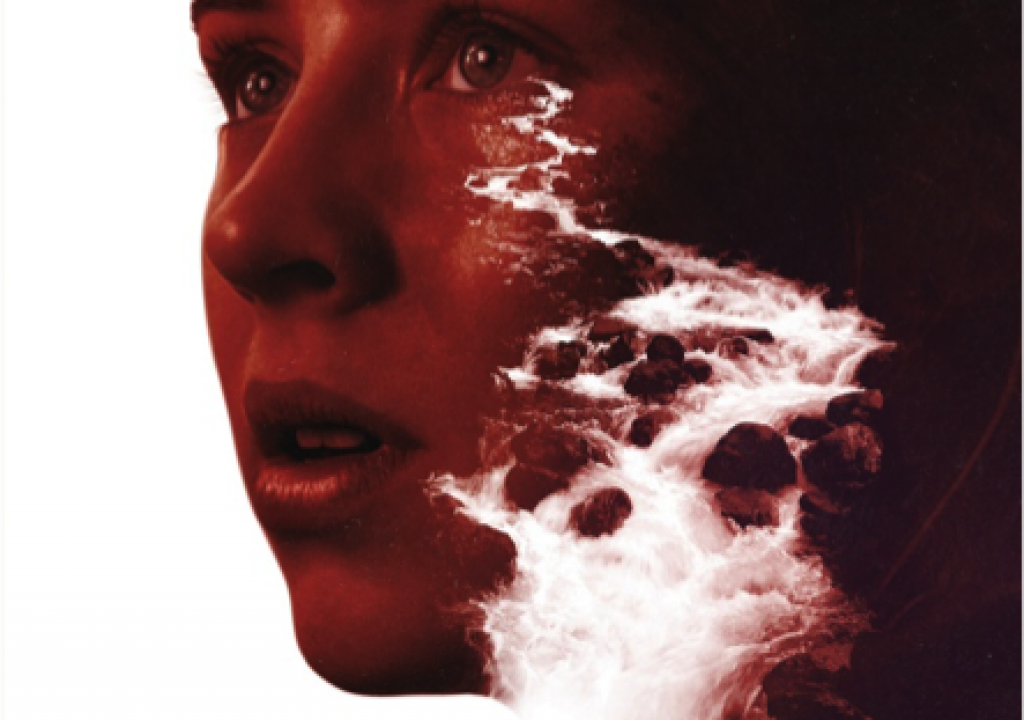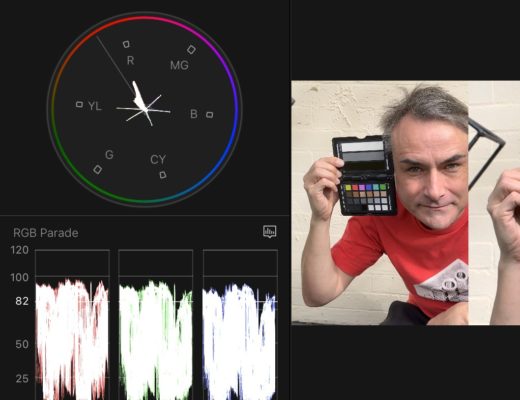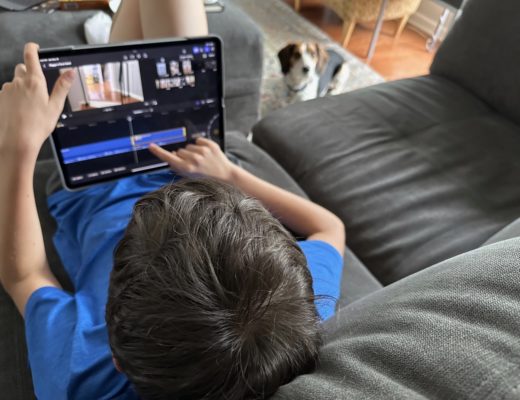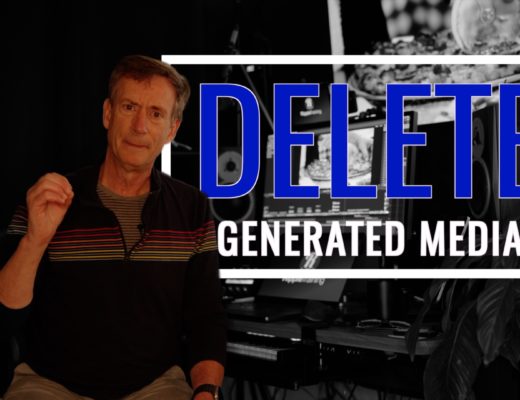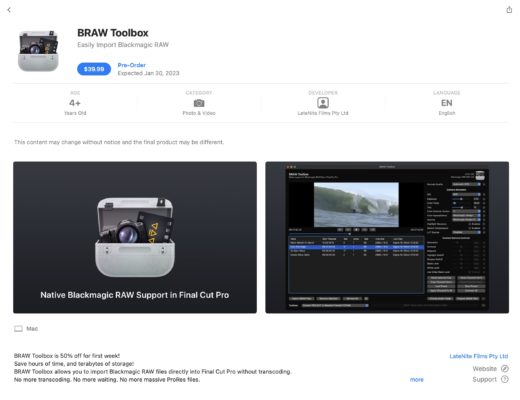My entire professional life has been ‘to protect the money.’ Final Cut Pro X is a fabulous cost-saving option and because we are working with original media, there is no sacrifice in quality. I simply cannot dismiss it.
Deborah Moore – Partner / President, Production
Inner Primary Entertainment
ipefilms.com
Deborah Moore is a highly experienced producer on both the creative and financial sides of the industry.
She began two decades ago at New Line Cinema and helped create a new division intended to compete with the major studios. Nine years later, that humble division had become a Hollywood powerhouse and turned out more than fifty films, including Above the Rim, The Mask, and Don Juan de Marco starring Marlon Brando and Johnny Depp. She is credited with overseeing many of the company’s successful franchises, such as the Nightmare on Elm Street, Critters, House Party, and Teenage Mutant Ninja Turtles.
https://youtu.be/pwxDGFVh_YE
I had the pleasure of picking her brain about Daisy Winters, her recent project, which is set for North American release on December 1, 2017.

Although I didn’t know it by name, I had already heard about the film. A good friend introduced me to Deborah because she was looking for a Final Cut Pro X editor and, as it happened, another friend, Darren Roark, was wrangling the cutting room. Darren and I had been exchanging workflow ideas on the project.
I have written a lot about Final Cut Pro X: workflow, opinion, evangelist and a few tweets. But one thing I don’t have the experience to speak about is the financial facts of how Final Cut Pro X will impact the bottom line of a production. Daisy Winters is an independent feature film, and in the world of indie films, every penny counts. Deborah was kind enough to answer all of my questions about this aspect of Final Cut Pro X.
MM: Can you detail your motivation for choosing Final Cut Pro X? You mentioned financial considerations.
DM: I was not familiar with Final Cut Pro X. Avid was the system used on most of the shows I have done. I came onto Daisy Winters and had to revamp the budget, so I started looking at what had been originally budgeted. This was when I first started talking to Darren [Roark] about his work-flow process for the film. I was impressed at how simple it was to go from the camera to the editing suite so that the editor could start working. More than that, I was impressed with the cost savings: Final Cut Pro X was so inexpensive, particularly when I considered what the system was able to save me as far as deliverables. Honestly, had it not been for the Final Cut Pro X savings, the movie Daisy Winters would have sacrificed in ways that would have been detrimental to the film. I was ecstatic at how much we saved going this route.
MM: What were your impressions when Darren presented the post pipeline to you?
DM: The pipeline was seamless and simple. The key, of course, is having someone who knows what he or she is doing label everything appropriately to keep track of the elements. That is true of any process, of course, but it is even more important these days without the enforced discipline of shooting on film and the inherent costs of stock, processing, and printing. There is a lot more footage than there once was, so it becomes even more important to track it well.
Working with original RED media and Broadcast WAV files in Final Cut Pro X allowed us to bypass the traditional lab process and deliver what was called the ‘most seamless audio turnovers ever’ by our mixer.
Darren Roark – Post Supervisor / Assistant Editor

MM: Can you detail your experience with your contacts at Runway Post and their advice?
DM: I love Runway and have always enjoyed working with them. They are an Avid house primarily, but they were more than willing to work with us and adjust their bid to accommodate all of the things Darren could deliver himself versus having the post house do it. Kit Lubold is especially knowledgeable and laid out many of the details for the process to run smoothly.
Runway did not come on until later in the shoot, in the future, I will bring them onboard during prep to join editorial, the lab, the camera team, and the DIT so everyone is aware of the work-flow process before shooting begins.
Kit at Runway was aware of the capabilities of Final Cut Pro X and supported us 100%.
Darren Roark – Post Supervisor / Assistant Editor
MM: Did your director have an opinion on editing systems?
DM: We had a first-time director. Based on the cost savings and the fact that the editor liked the system, the director was happy to go with Final Cut Pro X. The only issue we had was in finding a second editor to come in and make changes when our original editor had to move on to her next job. We had a really difficult time finding someone with Final Cut Pro X experience.
MM: You mentioned both Pre-Vis and DIT being familiar with Final Cut Pro X. What can you tell me about your conversations with them?
DM: I am a huge fan of prep, prep, and more prep—as much as possible. I wish I could pre-vis every movie—even crudely—just to work out sequences and pacing. It forces you to analyze the scope of the shots and isolate that which is essential.
Part of my bag of tricks is working with a Special EFX/VFX expert, Peter Chesney, who has worked on major films, including seven Coen Brothers films. He kept every story board created by J. Todd Anderson for No Country for Old Men. These were prepared well in advance of shooting. You can look at any story board sequence and compare it to the actual sequence in the film, and they will be virtually identical. Oh, and yes: The Coen brothers won Academy Awards for that film for Best Picture and Best Directing. There is no better validation in my book for pre-planning than that.
Final Cut Pro X allows you to do your own inexpensive pre-vis—even if it is with a little camcorder footage interspersed with story boards. For his own process of working through a scene, Peter does amazing things with Final Cut Pro X for just about every film he is on. That is what I love about Final Cut Pro X: It is financially accessible to everyone and can be used by anyone willing to put in the effort to learn how to use it. I have spoken to a number of DIT’s and the ones familiar with Final Cut Pro X are huge fans.
The efficiency of the Final Cut Pro X work-flow bought us more than two weeks of creative time.
Darren Roark – Post Supervisor / Assistant Editor
MM: From a financing perspective, what benefits can you predict on future projects that are already in the works using Final Cut Pro X?
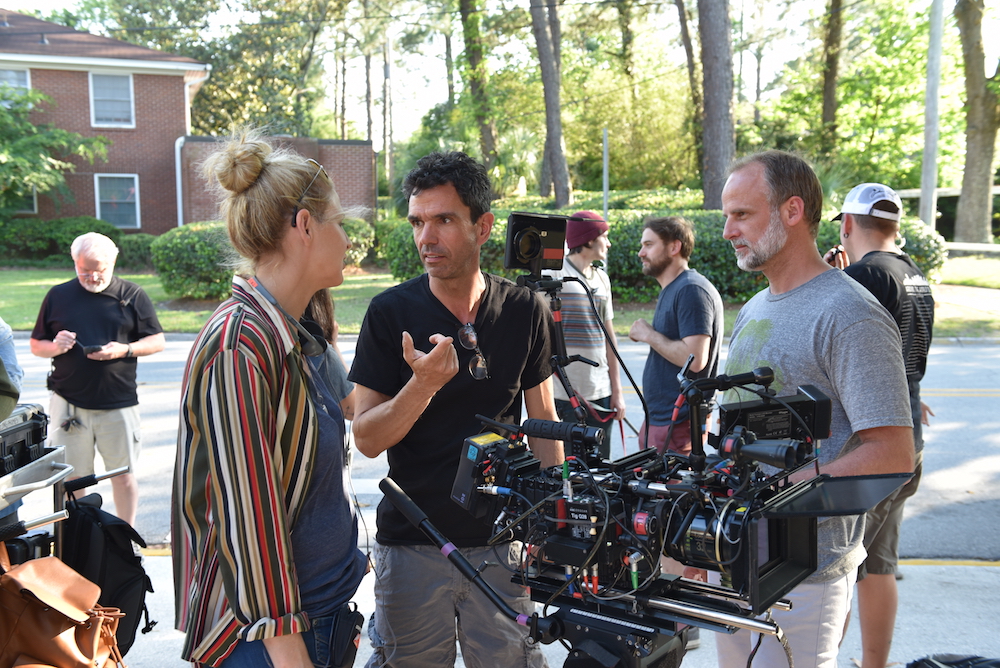
DM: These days, any below-the-line budget is squeezed, whether or not you are working on a $1 million, a $10 million, or a $40 million budget. The mandate is always to cut production costs to fit the ever-shrinking bottom line. This is not because studios or producers are arbitrarily wanting to cut budgets: It is truly a function of the marketplace and what number reflects the best mitigated risk that can be achieved. So the challenge is delivering a project with as much money on the screen as possible given the confines of the budget parameters. Final Cut Pro X is so flexible, and cost-effective that it allows an editor and director to play with the project without the huge investment of attendant costs. There are just so many things that can be done with Final Cut Pro X that minimize time at the final mix stage, and at the final output stage, and so on. On a really tight budget, with the addition of just a few add-ons, you can output your movie from Final Cut Pro X and have it look every bit as finished as a much bigger-budgeted film. The caveat, of course, is that your work-flow expert needs to know how to do all this. Quality control is always an issue, and there are some things that I am just more comfortable doing at the post house because I know they are the pros and I am certainly not. But for a really challenged budget, I would look to Final Cut Pro X every time.
MM: How would you feel about going back to Avid?
DM: My philosophy is that you cannot hire people who are professionals in their field and then tell them they cannot have the tools of their trade. Many editors won’t work on anything besides Avid. I have been reaching out and trying to find editors who are either proficient or willing to become proficient on Final Cut Pro X. At this time in the film industry, where it is really hard to make a financial model work for any given film, it is fiscally irresponsible to not look at every penny that can be saved so that the full value of the budget can be put onto the screen. My entire professional life has been “to protect the money.” Therefore, it is in my DNA to explore all options, and Final Cut Pro X is a fabulous cost-saving option and because we are working with original media, there is no sacrifice in the quality. It works well and does what Avid can do. I simply cannot dismiss it.
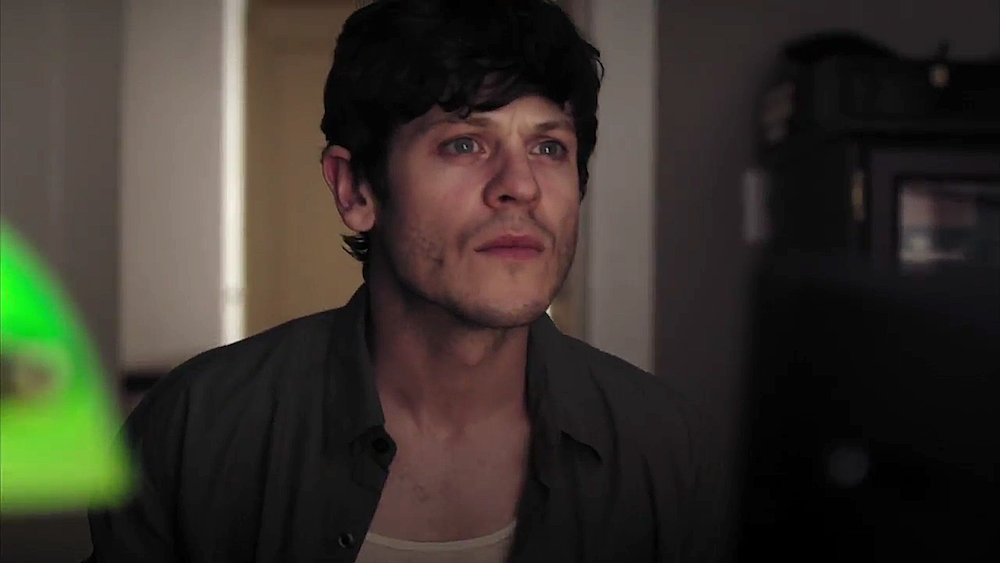
MM: How do you feel about usurping old-style workflows?
DM: I have been working in film for thirty years, and so much of what I knew only a year ago is different from what is happening today. It is an ever-changing environment, which I love, and the opportunities for making amazing films for less money has never been as great. Awesome young talent is out there willing to embrace the new technologies and utilize them to the best of their advantage, so I feel as a producer that it is my responsibility—and my survival—to keep up.
MM: What would you tell someone considering Final Cut Pro X who is on the fence?
DM: I would say that it is such an easy system to work with if you have the right work-flow specialist on staff, whether it is the assistant editor, the post supervisor, or someone else who knows the ins and outs of the system so that you can take full advantage of it. One editor can literally take an entire movie from dailies to DCP if they know how to do it. It is certainly worth finding that right person and giving it a try.
…had it not been for the Final Cut Pro X savings, the movie Daisy Winters would have sacrificed in ways that would have been detrimental to the film.
Deborah Moore – Partner / President, Production
Technical Specs and Comments:
- The film was shot on RED DRAGON. RED RAW files were transcoded to ProRes proxies on a 2013 10-Core Mac Pro with D700 graphics cards.
- Dailies were synched with Sync-N-Link X, and microphone names were assigned to Roles via iXML data.
- Editing was done on 2014 MacBook Pro 15” with 16GB RAM and external monitors.
- VFX pulls were uploaded to Frame.io from Clip Exporter 2.
- Audio was turned over to sound mixers in AAF format, made with X2Pro. The audio mixer said, “…best turnovers ever.”
- An XML file was sent to DaVinci Resolve 12 for color correction. It worked perfectly and all used media was consolidated to a SOFTRAID for transfer to Resolve project.
Daisy Winters is set for North American release December 1, 2017. The film was written and directed by Beth LaMure and edited by Cari Coughlin.

Filmtools
Filmmakers go-to destination for pre-production, production & post production equipment!
Shop Now